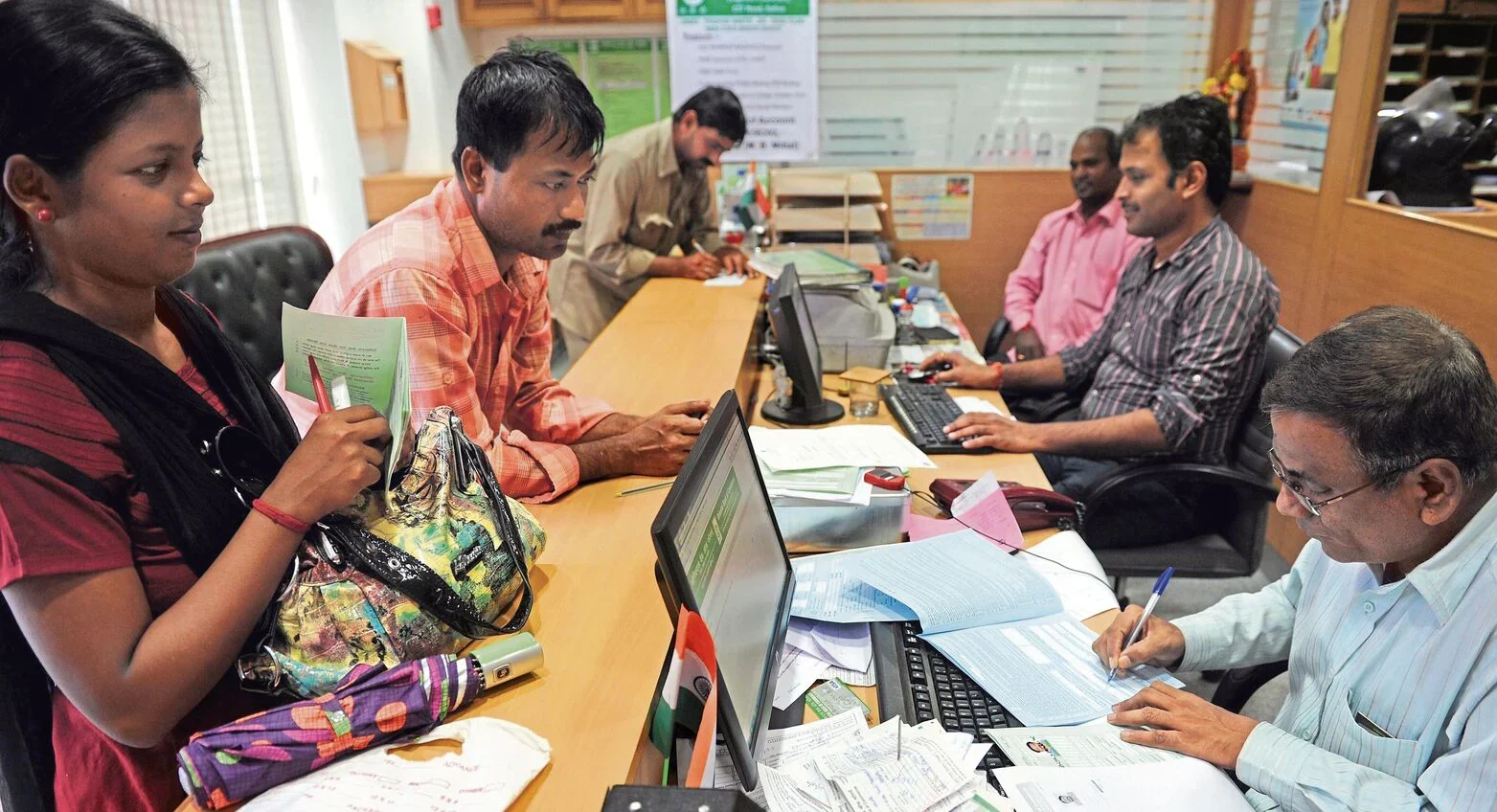On this 79th Independence Day, as the tricolour rises high in the sky, it reminds us that freedom is more than just a political milestone. With the end of colonial rule, India gained not just sovereignty but also a liberated mindset, one that laid the foundation for innovation and economic growth.
When British governance left the country in 1947, India’s economy was largely dependent on agriculture, because industries were left fragile after decades of colonial exploitation. But today, the same nation stands tall as one of the world’s fastest-growing economies, a vibrant hub for startups, and an influential force in shaping the future of global business.
But how did India raise itself to reach the position it is in today? Here’s a timeline tracing the journey from being a struggling economy to becoming the world’s fourth-largest.
From Captivity & Chaos to Prosperity: The Timeline
1947: Independence, Partition Chaos & Economic Rebuilding
India gained political freedom from colonial rule, but at the cost of partition, which divided one country into two: India & Pakistan. When people were forced to leave their homes overnight, it changed the course of how people used to be, as migration brought more poverty, and many flourishing businesses were impacted big time.
Post partition, the economy began to stabilize, but was primarily agrarian; the industrial base was weak due to years of exploitation. However, the focus shifts to self-reliance, nationalisation, and public sector growth.
1950s–1970s: The Era of Planned Development
These years were considered as two decades of planning and taking initial steps towards future development. With the introduction of Five-Year Plans to boost infrastructure, agriculture, and industry. Introduction of the “License Raj” system to restrict private business freedom and control monopolies.
During this period, the public sector becomes the backbone of economic policy.
1980s: The Beginning of Liberalisation
Though the past two decades have been completely dedicated to the public sector. There was a gradual shift towards the private one, and certain sectors were opened for private players, including textiles, automobiles, and consumer goods. Technology and computerisation started to leave a significant imprint on the economy.
1990s: The Economic ‘Second Independence’
In the early 1990s, India faced a severe balance of payments crisis that pushed the government, led by Prime Minister P.V. Narasimha Rao and Finance Minister Dr. Manmohan Singh, to introduce bold economic reforms. This period marked the beginning of Liberalisation, Privatisation, and Globalisation (LPG) policies, which opened the doors to foreign investment and reduced government control over industries.
The dismantling of the License Raj created a freer environment for private enterprises to flourish, laying the foundation for the rapid rise of the IT sector and setting India on a new path of economic growth.
2000s: IT & Services Boom
In the 2000s, India emerged as the world’s outsourcing hub, and the world has seen the rise of global tech companies from India like Infosys, Wipro, and TCS. Apart from that, there was a surge observed in middle-class spending power, hence retail and e-commerce began to grow.
2010s: Startup & Digital Revolution
With the start of 2010, the nation walked towards Digital India, and all the sectors worked towards the government initiatives like Startup India and Make in India, a reality. India became home to dozens of unicorns across sectors.
2020s: Innovation & Global Ambition
India now boasts over 100 unicorns with strong advancements in AI, deep tech, health tech, and renewable energy. The nation is prioritising sustainability, green power, and expanding its reach in global markets, while maintaining its position as the fastest-growing major economy despite worldwide slowdowns.
Lessons from 79 Years of Freedom
- Adaptability is Key: India’s journey from being an economy majorly dependent on agriculture to a global tech leader reflects the importance of evolving with time
- Innovation Thrives in Freedom: Open markets and creative freedom fuel entrepreneurship
- Unity in Diversity Builds Resilience: India’s vast and diverse market prepares businesses to handle complexity and change
Read More: Independence Day 2025: Quick-Commerce Apps Deck Out in Tricolour























